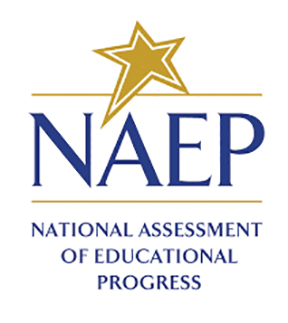Recent data by @NAEP_NCES in the long-term trend assessment shows just how deeply affected students have been by #COVID. But there are steps district and school leaders can take to gain ground
By Allison Rose Socol
Today, the National Assessment of Education Progress (NAEP) long-term trend scores in reading and math were released — the first national assessment of student learning trends during the pandemic. And the results are dire — math performance fell for the first time in the history of the long-term trend assessments; and in reading, scores saw the biggest drop in 30 years. This is an urgent reminder that education leaders must double down on and fully fund efforts to accelerate student learning.
Together, the 2020 and 2022 NAEP long-term trend results, which captures performance right before and during the COVID-19 pandemic, highlight how deeply the pandemic has interrupted student learning across racial and socio-economic lines and clearly shows that students who are underserved have not been receiving the resources and supports they need to succeed. This is especially true for the students who are most in need of additional support.
The 2022 NAEP data also makes clear that students of color and students from low-income backgrounds, many of whom already were not given the resources they needed, were disproportionately impacted by learning disruptions caused by COVID-19. For example, Black 9-year-olds experienced a 13-point score decrease in math compared to a 5-point decrease among White 9-year-olds. The unfinished learning these students are experiencing is a product of longstanding systemic inequities, exacerbated by additional barriers to learning during the pandemic, such as including underfunded schools that are struggling to adapt to virtual learning due to technology barriers, teachers spending more time reviewing old content in schools with fewer resources, and communities of color disproportionately experiencing the health and economic impacts of COVID-19.
Given today’s results, it may be tempting for school leaders and classroom teachers to turn to remediation, where students learn concepts from previous grades or curriculum. But the research is clear: Remediation and retention (having students repeat a grade) do not work. Instead, acceleration, where a student moves forward with grade-level content and learns key missing skills and concepts so they can access grade-level learning, is a more effective and evidence-based strategy. As such, state and district leaders and school administrators must prioritize strategies that accelerate student learning.
All students can succeed when given the opportunity. This means ensuring every student has access to experienced and certified teachers, implementing high-quality tutoring and extended learning time programs, encouraging strong relationships and positive school climates, and securing access to high-quality and challenging curriculum. By using new and existing funding to provide these resources and opportunities, education leaders can begin to address long-standing inequities.
District and school leaders must meet the moment and fulfill their responsibility to accelerate student learning and give every student the opportunity and skills they need to succeed.

